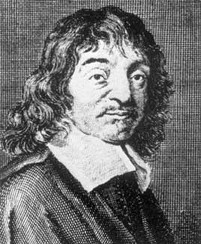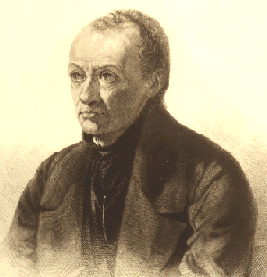 Descartes' Life and Works
Descartes' Life and WorksFirst published Mon Apr 9, 2001; substantive revision Tue Feb 27, 2007
Descartes has been heralded as the first modern philosopher. He is famous for having made an important connection between geometry and algebra, which allowed for the solving of geometrical problems by way of algebraic equations. He is also famous for having promoted a new conception of matter, which allowed for the accounting of physical phenomena by way of mechanical explanations. However, he is most famous for having written a relatively short work, Meditationes de Prima Philosophia (Meditations On First Philosophy), published in 1641, in which he provides a philosophical groundwork for the possibility of the sciences.

